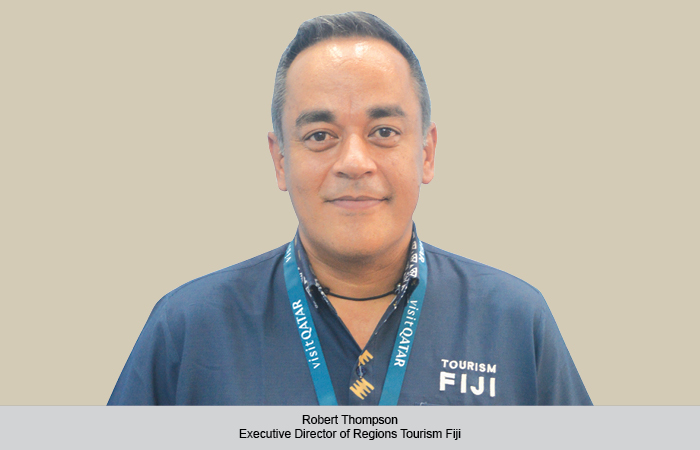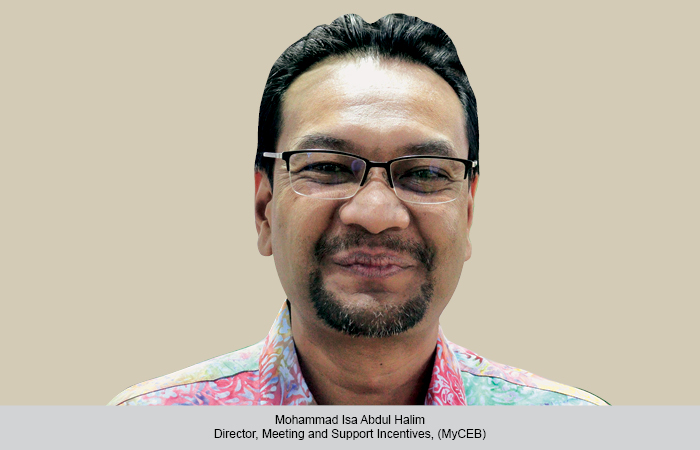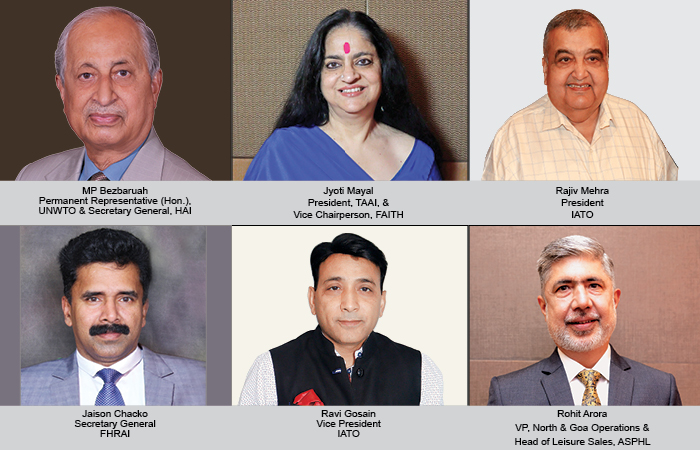Chee Pey Chang, Assistant Chief Executive (International Group), Singapore Tourism, sheds light on the tourism board’s plan to step up diversification efforts in markets like India where there is definitely a lot more potential for growth. He also informs that Singapore is open to business and measures are in place to tackle COVID-19.
Peden Doma Bhutia
Q. The year 2019 finished with a slight drop from India to Singapore. This may have been largely due to the Jet Airways flight suspension. How would you look back at last year?
Year 2019 was a record year for Singapore tourism; we had four years of continuous soft growth hitting a new visitor-arrivals high, from 2016 to 2019. That is the combination of investments that we have made to refresh tourism attraction offerings as well as the whole marketing work done by STB officers, both in the headquarters as well as around the world and, of course, our very strong relations with our trade partners and media. India, last year, didn’t perform the way we had expected it to, largely due to the pulling out of Jet Airways. But, considering the fact that we lost out on quite a lot of capacity with Jet, the results were still heartening. With about 1.4 million arrivals, India was still number three, while Indonesia, with close to three million arrivals, was second and China that was number one with more than 3.4 million arrivals.
We want to inject some more hip and happening activities to connect with the younger generation, and music, art and culture is a good way to go about it
India still a distant third…
That’s where the opportunity lies for us to really grow the Indian market. One of the key things arising from the COVID-19 scare is that we need to see how we step up our diversification efforts and how we do more in markets such as India where there is definitely a lot more potential for growth.
Q. In India, your partnership with events like St + art India Foundation and Zomaland seem to focus on millennials. Are they your new target market?
A lot of people know and have been to Singapore, but we don’t want to make Singapore just a one-stop family visit that they’ve done many years ago, which is why we are very keen to tap the millennials and to find new ways to reach out to them. We want to inject some more hip and happening activities to connect with the younger generation, and music, art and culture is a good way to go about it.
Q. You acknowledge that Singapore is a popular destination among Indians. How then do you intend to reach out to a larger audience in India?
Many trade partners that we have spoken to say that the growth in India is coming from Tier-II and III cities. So, we need to now see how, with our limited resources, we can stretch ourselves and engage with the travel trade in secondary cities to promote Singapore in new and interesting ways.
Q. India’s already No. 1 in cruise arrivals for Singapore. How are you working to increase this potential?
We have embarked on a two- pronged approach for cruise. On the supply side, we want to make sure that we have enough cruise terminal capacity to meet the growing demand for new-generation cruise ships calling into Singapore and Southeast Asia. We are also working very hard to generate demand for ships. Nowadays, with the new generation of ships, you can easily get around 5,000 passengers per sailing and if the ship has a three or two-time departure from Singapore, which means that you need to fill it with 9,000-10,000 passengers every week. This is no mean feat. So, we are also talking to the travel agents here to see how we can take cruise numbers to the next level. Right now, India is the number one cruise market, but we need to work really hard to penetrate the market deeper.
 TravTalk India Online Magazine
TravTalk India Online Magazine





